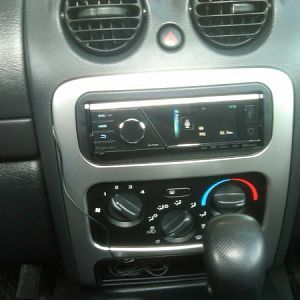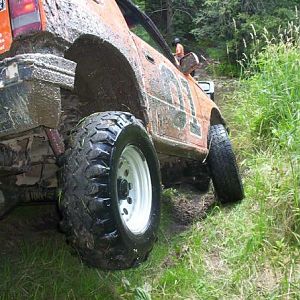trichard310
Full Access Member
Sooooo, like a bumb s*&t, I removed the bolt that connects the a/c tubing to the firewall(right side tube) and lost all my freon. When I tightened the bolt down, I couldn't stop the freon from leaking. My question is, do I just recharge the system with freon or will I need to do something else like replace a seal? Please dont ask why I removed the bolt, I am ashamed enough!outtahere.gif










